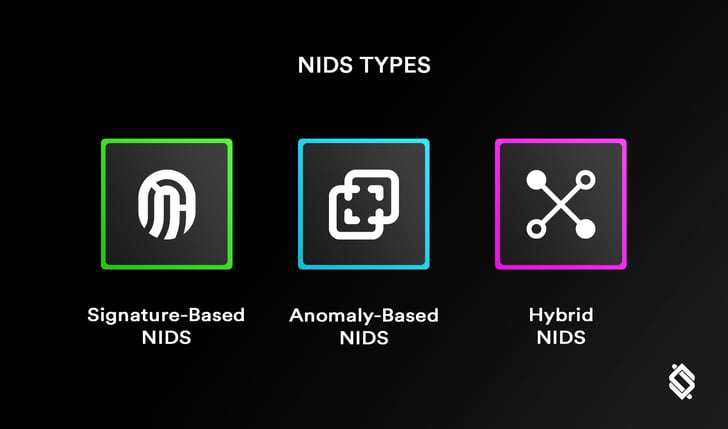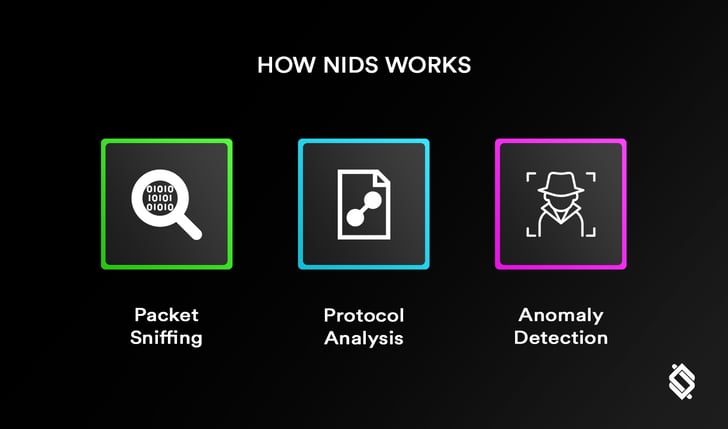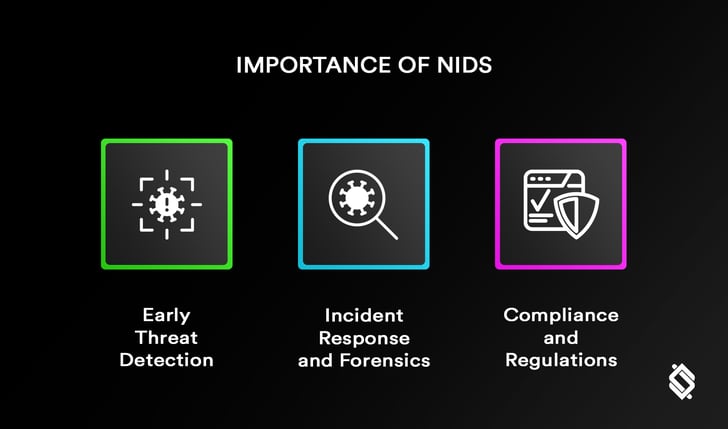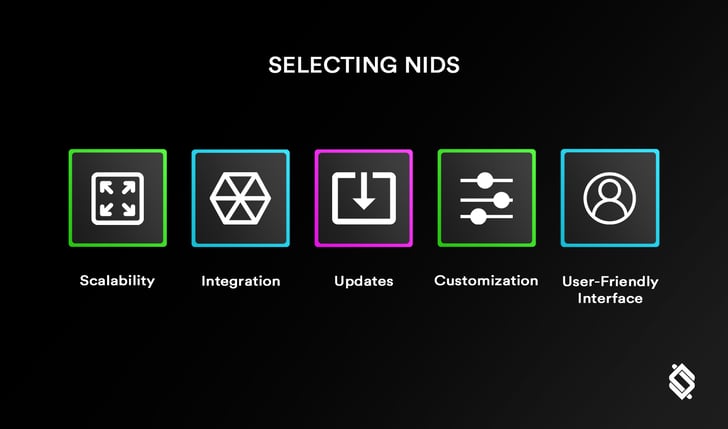In an era where technology is advancing at an unprecedented pace, the importance of robust cybersecurity measures cannot be overstated. For technology company leaders, safeguarding their networks against evolving threats is not just a priority but a necessity. One crucial aspect of a comprehensive cybersecurity strategy is the implementation of Network Intrusion Detection Systems (NIDS). This blog post aims to provide a comprehensive understanding of NIDS, shedding light on its various types, functionalities, and the pivotal role it plays in fortifying the digital fortresses of modern businesses.
Understanding Network Intrusion Detection Systems (NIDS)

Network Intrusion Detection Systems, commonly known as NIDS, serve as vigilant gatekeepers, constantly monitoring network traffic for any signs of malicious activity. These systems are designed to identify and respond to unauthorized access, misuse, and other malicious activities that could compromise the integrity, confidentiality, or availability of network resources.
20 Emerging Cybersecurity Trends to Watch Out for in 2024
Types of NIDS

1. Signature-Based NIDS
Signature-based NIDS operates on a principle similar to antivirus software. It analyzes network traffic against a database of known signatures or patterns associated with known threats. When a match is found, the system triggers an alert or takes predefined actions to thwart the potential intrusion. While effective against known threats, signature-based systems may struggle to detect new or sophisticated attacks.
2. Anomaly-Based NIDS
Anomaly-based NIDS takes a proactive approach, leveraging machine learning to establish a baseline of normal network behavior. Any deviation from this baseline is flagged as suspicious activity. This type of NIDS is particularly adept at detecting previously unknown threats, making it a valuable addition to the cybersecurity arsenal. However, configuring anomaly-based systems requires a nuanced understanding of normal network behavior to minimize false positives.
Machine Learning for Anomoly Detection
3. Hybrid NIDS
Hybrid NIDS integrates the strengths of both signature-based and anomaly-based systems. This comprehensive approach combines the extensive database of known threats with proactive anomaly detection, providing a robust defense against a wide range of cyber threats. Hybrid NIDS aims to offer the best of both worlds, ensuring effective protection against known and emerging threats.
Understanding Hybrid Detection Systems
How NIDS Works

NIDS functions as an intelligent watchdog, employing various techniques to scrutinize network traffic for signs of unauthorized or malicious activity:
1. Packet Sniffing
NIDS captures and analyzes data packets as they traverse the network. By scrutinizing the headers and contents of these packets, the system can identify anomalies or patterns indicative of a potential intrusion.
2. Protocol Analysis
NIDS interprets the communication protocols used in network traffic to detect abnormalities or deviations from expected behavior. This includes analyzing protocol headers, flags, and payloads for signs of suspicious activity.
3. Anomaly Detection
Both anomaly-based and hybrid NIDS rely on machine learning algorithms to establish a baseline of normal network behavior. Deviations from this baseline trigger alerts, indicating potential security threats. Regular updates to the baseline are essential to adapt to evolving network environments.
Importance of NIDS in Detecting and Preventing Network Attacks

1. Early Threat Detection
NIDS acts as an early warning system, identifying potential threats before they escalate into full-fledged attacks. Timely detection enables swift response, reducing the risk of data breaches and minimizing the impact on business operations.
2. Incident Response and Forensics
When an intrusion is detected, NIDS provides valuable information for incident response and forensics. Detailed logs and alerts help security teams understand the nature of the attack, trace its origin, and implement measures to prevent future occurrences.
3. Compliance and Regulations
Many industries are subject to stringent data protection regulations. Implementing NIDS not only strengthens security measures but also helps organizations comply with regulatory requirements, avoiding legal repercussions and reputational damage.
Selecting and Configuring an Effective NIDS Solution

1. Scalability
Choose a NIDS solution that can scale with your organization's growth. Consider future network expansion and ensure that the selected system can adapt to increased traffic and evolving security needs.
Scalability in Network Security
2. Integration with Existing Security Infrastructure
Compatibility with existing security infrastructure is paramount. NIDS should seamlessly integrate with firewalls, antivirus software, and other security tools to create a cohesive defense strategy.
3. Regular Updates and Maintenance
Opt for a NIDS solution with regular updates and maintenance support. Cyber threats evolve rapidly, and timely updates are essential to keep the system's signature databases current and effective against the latest threats.
4. Customization and Flexibility
Every organization's network environment is unique. Choose a NIDS solution that allows for customization and fine-tuning to align with the specific needs and nuances of your network.
5. User-Friendly Interface
A user-friendly interface is crucial for efficient monitoring and management of the NIDS. Ensure that the solution provides intuitive dashboards and reporting tools to empower your security team.
8 Tips for Designing User-Friendly Dashboards
Conclusion

In conclusion, the deployment of Network Intrusion Detection Systems (NIDS) is a strategic imperative for technology companies seeking to fortify their defenses against the ever-evolving landscape of cyber threats. By understanding the nuances of signature-based, anomoly-based, and hybrid NIDS, grasping their operational mechanisms, and following best practices in selection and configuration, leaders can empower their organizations with a robust cybersecurity infrastructure.
NIDS, whether signature-based, anomaly-based, or a hybrid approach, serves as a vigilant guardian and a proactive force, enabling businesses to stay one step ahead of potential threats in the digital realm. Embrace the power of NIDS, and secure the future of your organization in the dynamic world of technology.



